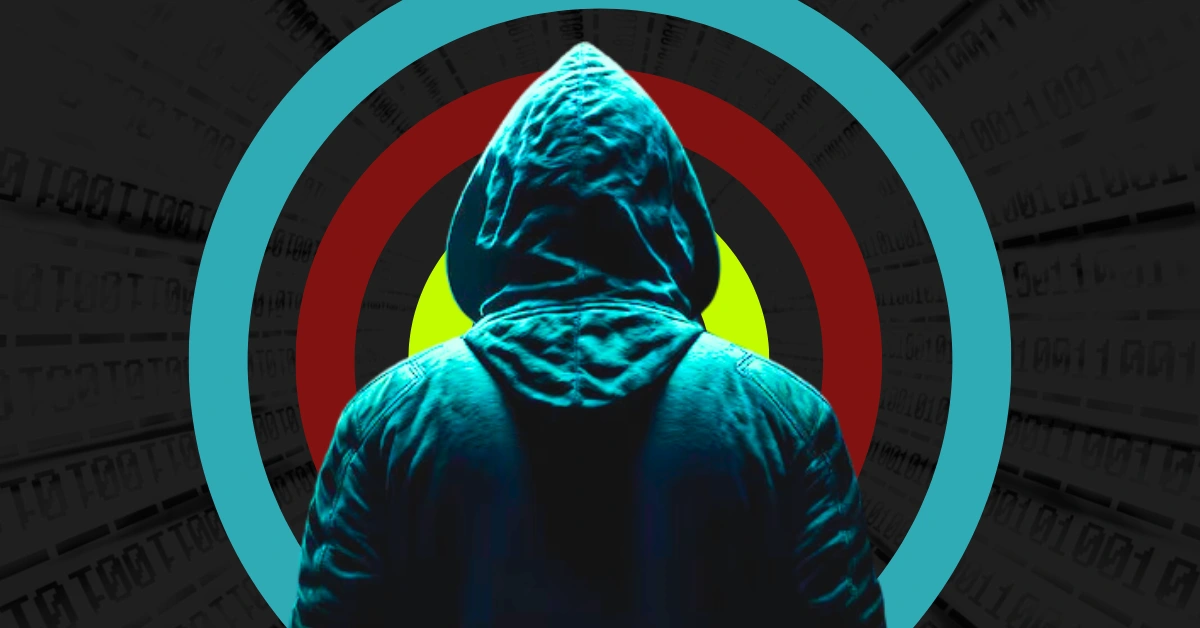
The Lazarus Advanced Persistent Threat (APT) group, particularly its BlueNoroff subgroup, has gained notoriety for executing sophisticated cyberattacks on the financial sector, with a particular focus on cryptocurrency-related businesses. This hacking group, which has links to North Korea, has orchestrated numerous attacks on major organizations. They use advanced malware and exploit techniques to penetrate the defenses of their targets.
As the cryptocurrency market experiences exponential growth, the threat of cyberattacks becomes increasingly significant. Understanding the depth of this danger and the strategies employed by these cybercriminals is crucial for anyone involved in the crypto industry.
The Evolution of Lazarus: A Historical Perspective
Since its emergence in 2013, Lazarus has heavily relied on a suite of tools, including Manuscrypt, Cutwail, and Turk, successfully executing over 50 campaigns worldwide. These tools have proven instrumental in aiding the group to breach targets globally, demonstrating their technical prowess and relentless nature.
In May 2024, analysts from Kaspersky identified the presence of the Manuscrypt malware within a Russian system associated with a fraudulent website, detankzone[.]com. This site masqueraded as a legitimate DeFi NFT game, exploiting a zero-day vulnerability in Chrome’s V8 JavaScript engine. This security flaw allowed attackers to gain complete control over any device that accessed the site. Following Kaspersky’s findings, Google rapidly patched the vulnerability and eliminated all associated fake websites.
Blending Technology and Social Engineering
In addition to their technical exploits, Lazarus has adeptly utilized social engineering tactics. They created fake LinkedIn and X (formerly Twitter) accounts to promote a fictitious game, “DeTankZone.” They further leveraged a genuine game, “DeFiTankLand,” as a facade, releasing a convincing game demo to deceive users into downloading malware. This amalgamation of technical hacking and social manipulation underscores Lazarus’ adaptability and cunning in circumventing security measures within the crypto industry.
Crypto Investors, Take Note!
This campaign highlights Lazarus’ capability to circumvent even the most modern security protections. By combining zero-day vulnerabilities with social engineering strategies, they continue to pose a significant threat to cryptocurrency investors.
What’s your take on Lazarus’ latest tactics? Can the crypto sector keep up?






